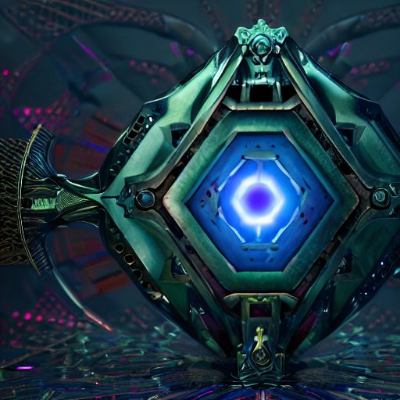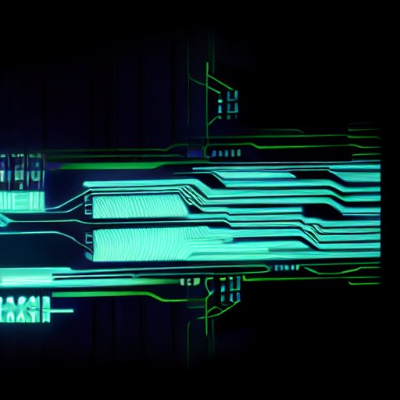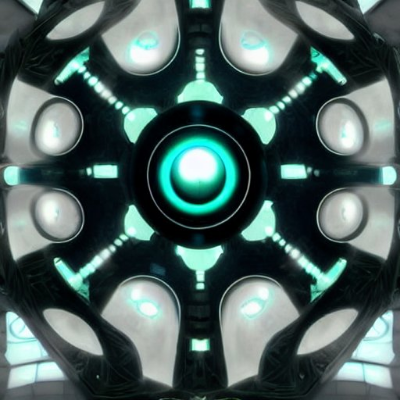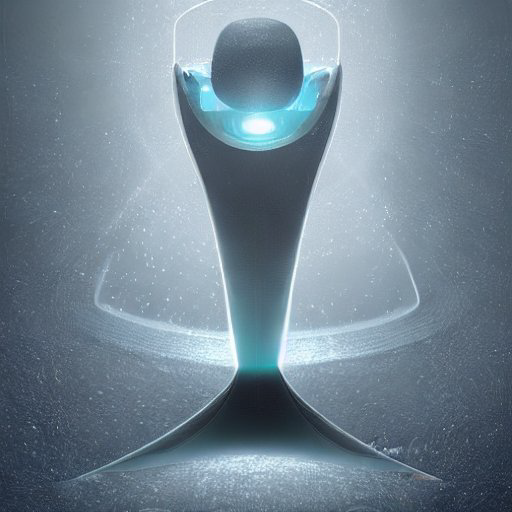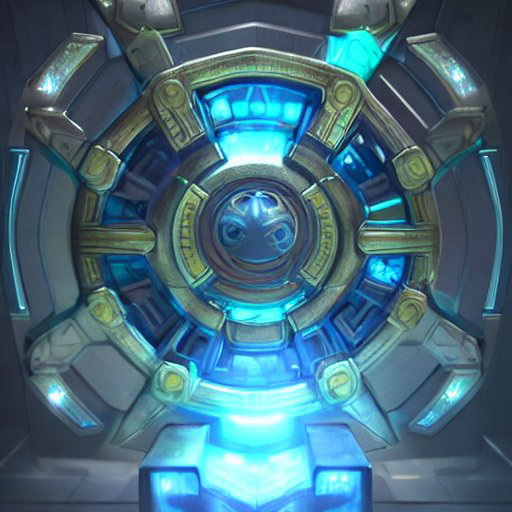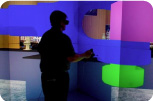Brainstorm on your own and as a team to come up with ideas for your project. In this phase, you may need to sketch, doodle, or start a journal. Think big, and let all the ideas you have hit the page without editing them. Get in the flow, and write or draw in your journal any ideas that come up. Great scientists such as Leonardo Da Vinci kept detailed journals. They can be essential for honing in on those abstract thoughts. In Explore Ideas we provide some ideas to get you thinking and the 15 Global Challenges Facing Humanity chart for facts and statistics on world problems. Check out “Brainstorming” ideas in our STEM Wiki and on our Pinterest board.
Now that you have brainstormed and come up with an original idea it is time to do the research. This is where the rubber hits the pavement. Ask questions as a team to analyze your idea and determine the problem and proposed solution. What local or global challenge does it solve? How will it work? Who will need it and why? How do you propose it should be built? Why should LANL work on this project? Why is it important? In your journal make a list of questions like this and research the answers. Talk to friends and experts. Remember to post your findings on your Pinterest Board. The more documentation you show, the more points you get. The winning design will be judged by the level of research and thoughtfulness that went into the proposed design solution.
Once you and your team have done the research, the next step is to communicate that idea to your audience. If you have not chosen your media yet, this is the time to do it. Will it be a poster, video, app design, or essay? Decide which would be the best medium for your specific idea, then start to give it structure. If it’s a video, create your storyboard, if it’s a poster or App, design the layout, and if it’s an essay, write your outline. In Choose your Media we provide a Media Checklist for each of these sections that will help in your design process. Do some research online to find examples that you think are great, and study them. Remember to check in regularly with the Media Rubric be sure your design meets the Challenge criteria.
Now is the time to craft your message and visualize your proposed design. It must be inspiring to win the hearts of the audience and judges, and it must be well designed or written to powerfully communicate your message.
A good design involves testing and building prototypes to see if it works. If LANL were to build or work on your design, how would they test it? Since this is a design that will be built in the future, possibly with materials that have not been invented, you will have to think through possible scenarios. Perhaps doing some “thought experiments” would be helpful. Think of creative ways to show us how your idea will be tested for its effectiveness and how it would work in the real world. Document these test scenarios on your Pinterest board to demonstrate that you have thought this through. Check out “Design ideas” in our STEM Wiki and on our Pinterest board.
One of the most important stages of the design process is knowing when to step back and get feedback. That could be from your friends, family, teachers, or from experts in your community. You want to be sure that a) the STEM concept is well researched, and b) it is being explained clearly and visually through your chosen media platform. Knowing how to ask for and receive constructive feedback is an art in itself, so we created the Feedback Survey to help you along the way. You can print this out and refer to it whenever you feel stuck or uninspired. Those are usually the telltale signs that you need feedback!
Once you have done the dreaming, brainstorming, researching, and designing and it has passed the feedback test of family, friends, and experts, it’s time to cross your T’s and I’s, again. We suggest referring again to the Media Rubric, the Media Checklist and the Eligibility Requirements to be sure you meet all the Challenge criteria. Ask someone from outside your team to review the spelling and grammar. Once you find yourself working too closely on a text document, it is important to get fresh eyes on it. Finally, work with your teacher, who is responsible for submitting your design, to upload your project for the Los Alamos STEM Challenge entry page. Good luck!


